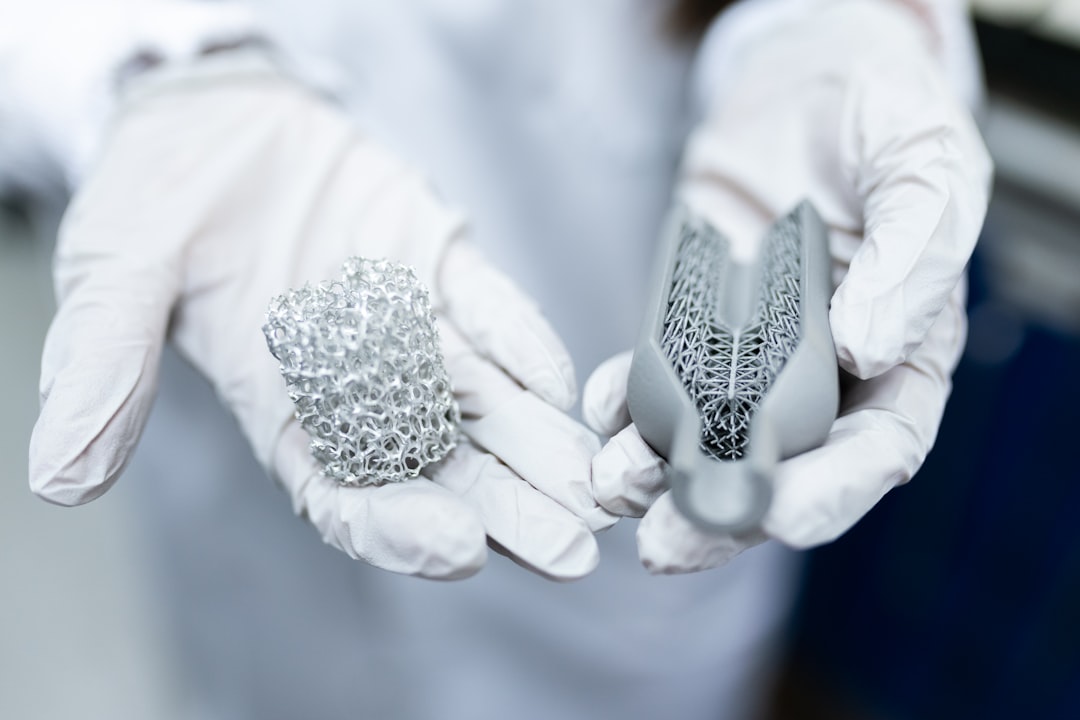In modern molecular biology, genome editing has become an essential technique for understanding gene function, modeling diseases, and developing therapeutics. Among the most precise approaches is the knock-in strategy, where a specific DNA sequence is inserted into a targeted location within the genome. Designing a successful knock-in strategy requires careful planning, deep understanding of genome architecture, and a systematic, step-by-step approach to minimize errors and off-target effects.
1. Define Your Scientific Objective
The foundation of a successful knock-in experiment begins with clearly defining the goal. Are you inserting a fluorescent reporter, correcting a mutation, or adding a selectable marker? The choice of strategy must align with your experimental objective.
Key questions to consider:
- What is the desired modification at the target locus?
- How will the inserted sequence affect the endogenous gene function?
- Are you integrating conditionally or constitutively?
2. Select the Target Site within the Genome
Once the objective is set, it’s essential to identify a precise target location for the DNA insertion. Use genome browsers like UCSC or Ensembl to analyze the sequence context, exon/intron boundaries, regulatory elements, and conservation across species.
Best practices include:
- Targeting safe harbor loci (e.g., AAVS1 in human or Rosa26 in mouse) if gene function disruption is to be avoided.
- For gene-specific insertions, choose early exons for tags or repair templates to ensure proper transcription and translation.

3. Design the Donor Template
The donor template is the DNA sequence that will be integrated into the genome. It should carry the desired insert and flanking homology arms to facilitate homologous recombination or homology-directed repair (HDR).
Donor design components:
- Insert Sequence: Reporter gene, tag, or corrected gene variant.
- Homology Arms: Typically 500 bp to 1 kb flanking regions homologous to the target site.
- Optional Elements: Selection markers, loxP sites, or silent mutations to prevent re-editing.
Use well-established software tools like Benchling or SnapGene for your donor design, allowing you to visualize cloning strategies and verify sequence integrity.
4. Choose the Editing Tool
CRISPR-Cas9 has become the standard for its simplicity and accuracy. Design guide RNAs (gRNAs) that recognize sequences near your desired insertion site. Tools like CHOPCHOP, CRISPOR, and IDT guide design tools can help select optimal gRNAs with minimal off-target potential.
Alternative editing systems such as TALENs or ZFNs may be used if CRISPR is not applicable or if prior CRISPR attempts failed due to chromatin structure or other barriers.

5. Validate gRNA and Donor Constructs In Vitro
Prior to committing to costly and time-consuming in vivo work, validate your CRISPR gRNA and donor construct in vitro using cell culture systems. Check the efficiency of gRNA cutting using a T7E1 assay or Surveyor assay, and confirm integration by PCR and sequencing.
6. Deliver the Genome Editing Components
Efficient delivery is crucial for successful knock-in. Common options include:
- Electroporation: High-efficiency for ES cells and certain cell lines.
- Lipid-based transfection: Simpler but may have lower efficiency.
- Viral Vectors: Useful for primary cells or in vivo methods.
- Ribonucleoprotein (RNP) Complexes: Immediate editing with reduced off-target risks.
7. Screen and Verify Clones
After editing, isolate clones and verify the correct insertion. Use junction PCR to validate both the 5’ and 3’ ends, and sequence across the insert. Also, verify that there are no random insertions or rearrangements.
Additional validation may include:
- Western blot to assess protein expression
- Flow cytometry for fluorescent reporters
- qPCR for copy number analysis
8. Confirm Functional Expression
Genetic integration is only part of the process; functional validation is key. Ensure that your knock-in preserves gene functionality and that any tagged proteins localize correctly and retain activity. Functional assays will vary depending on the gene and experimental goal.
Conclusion
Designing the perfect knock-in strategy is a disciplined, multi-step process requiring meticulous planning and execution. By following the steps outlined—defining your objective, carefully selecting the target site, designing a robust donor template, and rigorously validating your edits—you can pave the way for precise genome modifications that accelerate research and translational outcomes.
With thoughtful design and technological precision, knock-in strategies can transform our understanding of gene function and disease mechanisms.



